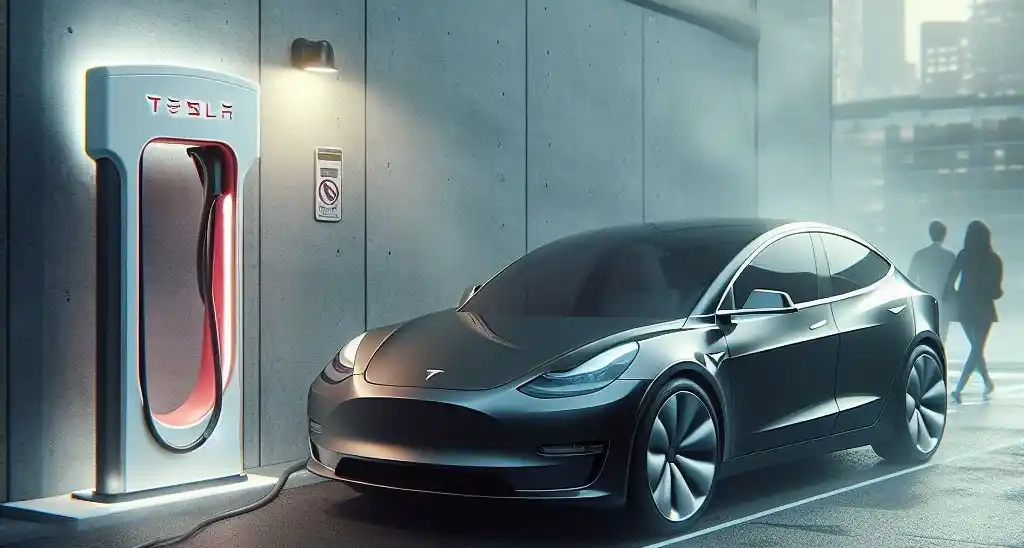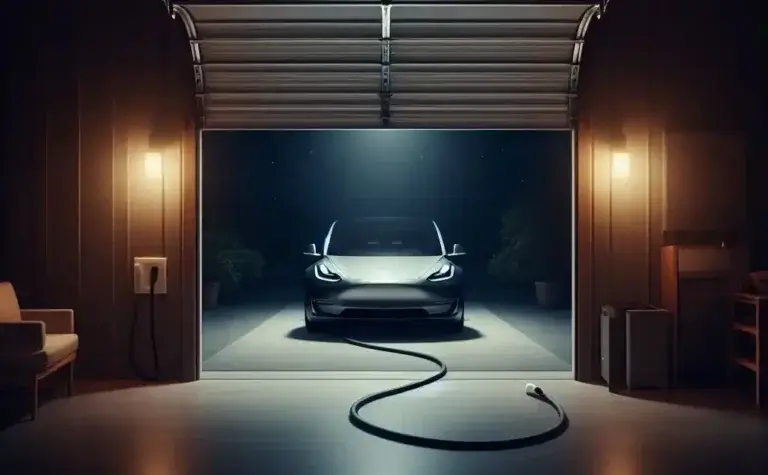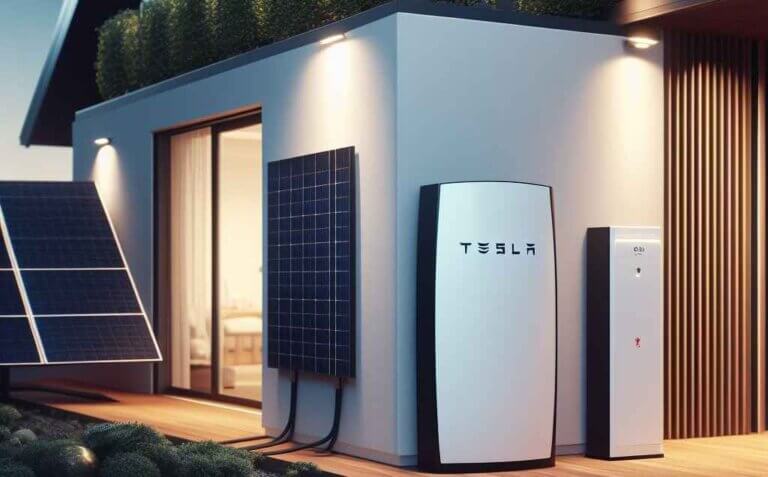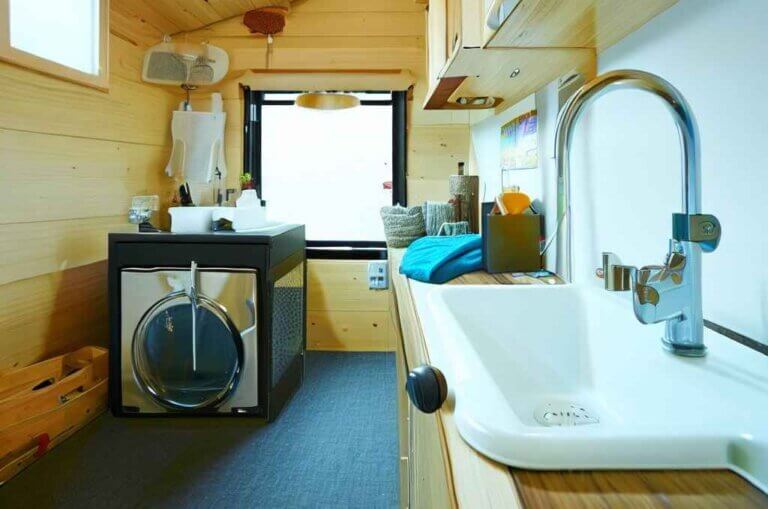Tesla Wall Charger vs NEMA 14 50: Which Is Better for Charging Your Tesla EV?
Are you a proud new owner of a Tesla electric vehicle (EV) and wondering how to charge it at home? Two of the most popular Tesla home charging options are the Tesla Wall Connector and the NEMA 14-50 outlet. But what’s the difference, and which should you choose?
In this comprehensive guide, we’ll compare the Tesla Wall Charger vs NEMA 14 50 outlets so you can make an informed decision about the best home charging solution for your needs and budget.
Table of Contents
An Introduction to Tesla Home Charging Solutions
Home charging allows you to conveniently fuel up your Tesla EV overnight while you sleep. Tesla offers two main options for Level 2 home charging:
- The Tesla Wall Connector – A dedicated, hardwired EV charger designed specifically by Tesla to work seamlessly with their vehicles.
- A NEMA 14-50 Outlet – A standard 240-volt outlet that can charge a Tesla vehicle when used along with the mobile connector that comes standard with all new Tesla vehicles.
Both options provide quicker charging than a regular wall outlet. But the Tesla Wall Connector charges significantly faster. Below we’ll compare them in depth so you can decide if it’s worth investing in the Wall Connector.
Tesla Wall Connector vs NEMA 14-50 Outlet: Key Differences
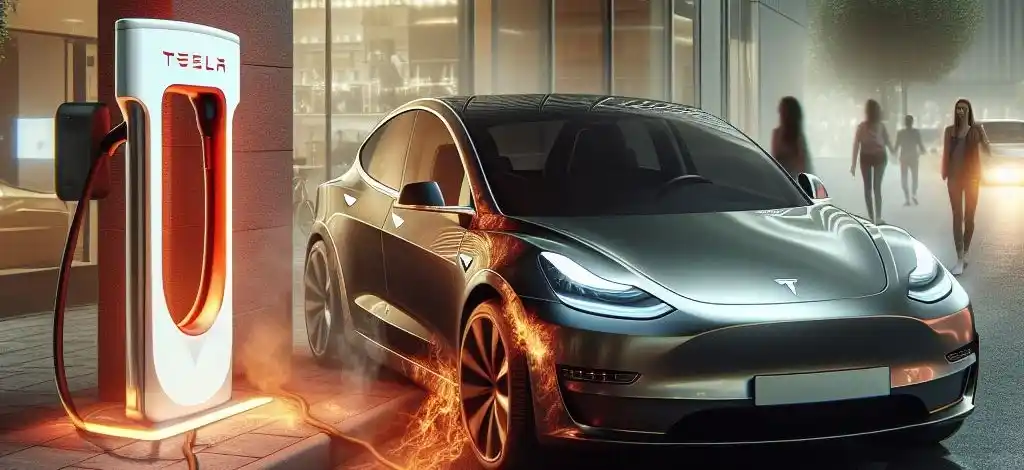
Here is an overview of how these two popular Tesla home charging options compare:
As you can see, there are some notable differences:
- Hardwired vs Plug-In – The Wall Connector is permanently wired to your home’s electrical system. The NEMA 14-50 is a plug-in outlet.
- Charging Speed – The 48 amp max output of the Wall Connector can charge almost twice as fast as the 32 amp max of the 14-50 outlet.
- Safety Features – The Wall Connector has more advanced safety technology, ground monitoring, etc.
- Charging Cable – The mobile connector that plugs into the 14-50 is less convenient than the directly wired Wall Connector.
- Cost – Installing a Wall Connector costs substantially more upfront mainly due to the need to hire an electrician.
Overall the Tesla Wall Connector provides faster charging speed and better convenience compared to using the mobile connector with a NEMA 14-50. But it requires a much larger upfront investment.
Below we’ll explore these differences in more detail…
Tesla Wall Charger vs NEMA 14 50: Charging Speed Comparison
One of the biggest variables between these two Tesla charging options is the charging speed.
- The Tesla Wall Connector can charge up to 44 miles per hour of charging.
- The mobile connector plugged into a NEMA 14-50 outlet can only charge up to 30 miles per hour.
So the Wall Connector can charge your Tesla nearly 50% faster. This significantly reduces the amount of downtime your car is stuck charging and improves convenience.
Here’s an example charging time comparison:
- To charge 200 miles worth of range the Tesla Wall Connector would take only 4.5 hours.
- Charging 200 miles using the NEMA 14-50 would take over 6.5 hours.
The Wall Connector’s much faster charging speed provides better flexibility and convenience for owners who rely on regularly recharging at home overnight.
What accounts for the difference in charge speed between the Wall Connector and the 14-50 outlet? There are a few key reasons:
- Higher Maximum Amperage – The Wall Connector supports up to 48 amps whereas most 14-50 outlets are limited to 40 amps. The higher current provides more power to charge the battery quicker.
- Dedicated Charger vs Shared Circuit – Most NEMA 14-50 outlets are installed on a circuit shared with other high-power appliances like electric ovens or laundry dryers. This requires lowering the charge current. The Wall Connector has its dedicated circuit allowing maximized charge rates.
- Optimized Charging System – Tesla designed the Wall Connector specifically for charging their EV batteries as quickly and efficiently as possible by optimizing voltage, amperage, and other factors.
If faster charging is important, the Tesla Wall Connector is the clear winner over using the mobile connector with a NEMA 14-50.
Tesla Wall Charger vs NEMA 14 50: Convenience and Design Comparison
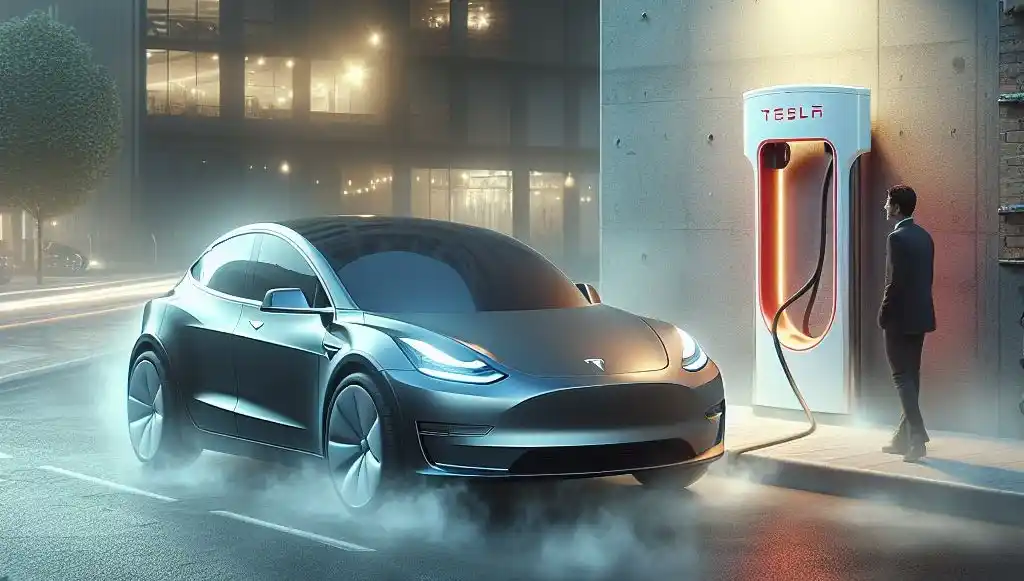
In addition to charging speed, the other major difference is convenience and design.
The Wall Connector delivers a much simpler, streamlined charging experience:
- As a dedicated charger, it sits right on your garage or carport wall ready to use whenever needed. No cables or heavy equipment to lug around and plugin. Just park and charge.
- The 24-foot cable is sufficient to allow convenient routing and access to your Tesla’s charging port without straining or bending to reach.
- Interchangeable 8-foot or 2-foot cable lengths are available allowing easy access to the charge port even in tight parking scenarios.
- The cable neatly coils back into place along the wall leaving no mess or clutter.
In contrast, relying on the mobile connector and NEMA 14-50 is comparatively inconvenient:
- You need to physically manage and store a bulky 25-foot charging cable and a 10lb connector box whenever you’re not charging.
- This cable is not very pliable or easy to handle. It’s challenging to coil up neatly and the box does not effortlessly glide into position near the charge port.
- Storing this equipment and dragging it in and out of position to use regularly is tiresome compared to the wall-mounted convenience of the Wall Connector.
- The 14-50 outlet also needs to be positioned close enough to your parking spot for the cable to conveniently reach which is not always easily achievable.
Many Tesla owners feel the drastically improved charging experience is worth the added expense of the Wall Connector over relying long-term on the mobile connector and 14-50 outlet.
Especially if you don’t have a good storage location near your typical parking area to keep the mobile charger neatly stowed away when not in use, the superior convenience and neatness of the wall connector is a significant perk.
Tesla Wall Charger vs NEMA 14 50: Cost Comparison
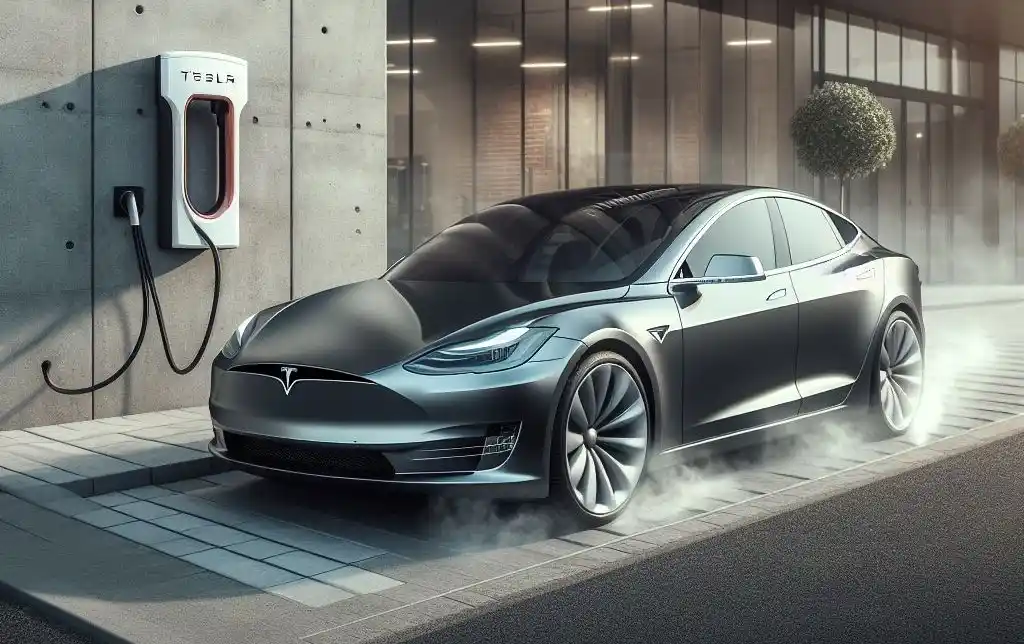
When deciding between installing a Tesla Wall Connector or using your mobile charger with a NEMA 14-50 outlet, cost often ends up being the key factor. Let’s break down what’s involved:
Tesla Wall Connector Cost
- The actual Tesla Gen 3 Wall Connector unit costs $500. Previous generation units cost $400.
- However, the big cost is professional installation by a licensed electrician. This typically runs $900 to $1,500 depending on your electrical panel’s location and the complexity of running wiring to your intended wall-mounted site.
- Potentially more if your home’s electrical service needs upgrading to support adding the Wall Connector’s high-capacity circuit.
- Total cost = $1,400 to $2,000+
NEMA 14-50 Outlet Cost
- Having an electrician install a 50 amp NEMA 14-50 outlet typically costs $200 to $800.
- The mobile connector that can plug into this outlet comes standard with all new Tesla vehicles at no added cost.
- Total cost = $200 to $800
As you can see, installing a Wall Connector usually costs substantially more than adding a 14-50 outlet.
For many Tesla owners debating between these options, cost becomes the deciding factor in favor of the 14-50 outlet despite the Wall Connector’s faster charging and better convenience.
However, there are good arguments that the long-term benefits and superior charging experience of the Wall Connect can provide a good return on investment if you plan to own your Tesla for many years.
We’ll analyze that next…
Should You Invest in the Tesla Wall Connector?
The upfront investment to install a Tesla Wall Connector is steep. But many owners feel the benefits provide good long-term value if you plan to own your Tesla for years.
Here are the key reasons to invest in a Wall Connector instead of relying on your 14-50 outlet:
- Future-Proof Fast Charging – EV battery capacities continue expanding. More convenient fast charging will likely be important.
- Recharging Flexibility – Faster recharge times give greater flexibility if you ever need to quickly fuel up and go somewhere unplanned.
- Resale Value – A Wall Connector adds appraised value if you eventually sell your home. It signals EV readiness.
- Cleaner Look – Eliminates having a bulky charger, cable, and box cluttering your garage when not in use. Keeps charging infrastructure neatly tucked away.
- Enhanced Reliability – The connector’s weatherproof outdoor rating provides more rugged durability. The cable won’t degrade over time from repeated coiling/uncoiling like the mobile connector.
- Guest Charging – Makes conveniently charging visiting guest EVs simpler without needing to unplug your Tesla to share a charger.
- Future EV Flexibility – The Wall Connector works with any standard J1772 EV, not just Teslas. So it can charge future EV additions down the road.
Viewed as a long-term investment towards enhanced home charging convenience, flexibility, and reliability, the Tesla Wall Connect could provide good ROI.
Especially when considering added resale value for a future home buyer, the cost differential compared to the 14-50 outlet shrinks.
Key Considerations Before Installing a Wall Connector
While the Tesla Wall Connector has some compelling benefits, it’s not the best choice for all EV owner’s situations or needs. Before deciding to invest in one, consider these factors:
- How convenient is the location of your electrical panel relative to your garage? Running a new high-capacity circuit long distance gets very expensive.
- Do you plan to buy additional EVs needing home charging in the future? The Wall Connector helps conveniently support multiple vehicles.
- How often will you rely on charging overnight at home versus convenient public charging? Frequent slow overnight filling minimizes the fast charge advantage of the Wall Connector.
- Do you take frequent long trips requiring fast turnaround recharging? The 14-50 outlet may necessitate inconvenient extra stops to compensate for slower charging.
- How handy are you with basic DIY electrical work? If willing to self-install a 14-50 outlet rather than paying an electrician, costs are drastically lower.
Carefully considering variables like these helps determine if stretching your budget to invest in a Tesla Wall Connector makes sensible financial tradeoffs for your unique situation.
Or if opting for the more budget-friendly 14-50 outlet is the smarter move.
Tesla Wall Connector vs NEMA 14-50: Which Is Better for You?
In summary, choosing between installing a Tesla Wall Connector or using your mobile charger with a NEMA 14-50 outlet mainly comes down to 3 decisive factors:
- Your budget – Wall Connector’s faster charging speed and superior convenience come at a steep premium price.
- Your convenience priorities – Is regularly dealing with plugging/unplugging cables too annoying? Or is the 14-50 outlet adequate?
- Your expected length of Tesla ownership – Shorter = 14-50 likely makes more sense. Longer = Wall Connector provides better long-term value.
Analyze these three factors carefully for your unique situation, charging needs, and household’s financial realities. This will lead you to confidently choose between these two great Tesla charging options.
Conclusion and Final Recommendation
Investing in a Tesla Wall Connector brings meaningful benefits including much faster charging speed, better convenience, and enhanced long-term flexibility and reliability.
If conveniently recharging overnight is critical for your household and owning a Tesla long-term is likely, the Wall Connector provides good value justifying its higher cost.
Suppose your driving patterns allow flexibility to charge during daytime trips or long periods off-peak at night. In that case, the standard NEMA 14-50 outlet may adequately meet your needs at substantially lower upfront equipment and installation costs.
Ultimately there’s no universally “right” choice between the Tesla Wall Connector and NEMA 14-50 outlet. You need to carefully analyze the pros, cons, and cost considerations we’ve covered to decide what makes the best fit for YOUR specific home energy ecosystem and budget realities.
“Whether you choose the Tesla Wall Connector or NEMA 14-50 outlet, the convenience of cheap home charging helps make Tesla ownership satisfying and financially sustainable long-term.”
Now that you understand the key factors differentiating these two great Tesla charging equipment options, deciding what works best for your home energy setup and budget should feel straightforward. Confidently make your selection and soon you’ll be conveniently waking up each morning with a “full tank”!
Frequently Asked Questions
Q: Can I install both a Wall Connector and a 14-50 outlet?
A: Yes, but extra capacity and breakers would be required in your home electrical panel to simultaneously run both circuits. Most owners choose one or the other since each option provides ample charging on its own.
Q: Can I charge other EVs besides Teslas with the Wall Connector?
A: No, the Gen 3 Wall Connector only works with Tesla vehicles. To charge other EVs, install a generic Level 2 charger station instead.
Q: What size circuit breaker and wire do I need?
A: Both the Wall Connector and a 14-50 outlet require a 50 amp double pole breaker and 6 gauge (or thicker) copper wiring. Confirm with your electrician to meet local codes.
Q: Can I install the Wall Connector myself?
A: No, safe installation requires an experienced electrician due to dealing with 240+ volt high amp circuits. Never attempt dangerous electrical work without proper qualifications.
Q: How many amps can the mobile connector handle?
A: When plugged into a NEMA 14-50, the mobile connector automatically lowers the current draw to 32 amps from the max 40 amp rating. So actual charging rates are lowered compared to the Wall Connector’s consistent 48 amps.

